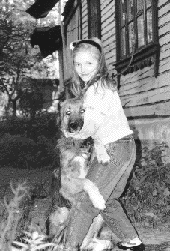 |
Beauty contests existed long before this
century. Traditional procedures of selecting Russian sovereign's bride
were surprisingly similar to those for naming miss something of nowadays.
The one basic difference was that -- instead of limousines and contracts
-- winners of old days were prized with royal husbands and Russian throne.
Royal marriages in old Russian state usually resulted from some political
considerations. For example, Ivan III married Hellenic princess Sophia
Paleolog who was a niece of the last Emperor of Byzantium. His son, Vasiliy
the Dark married Lithuanian princess Elena Glinskaya.
|

![]()

